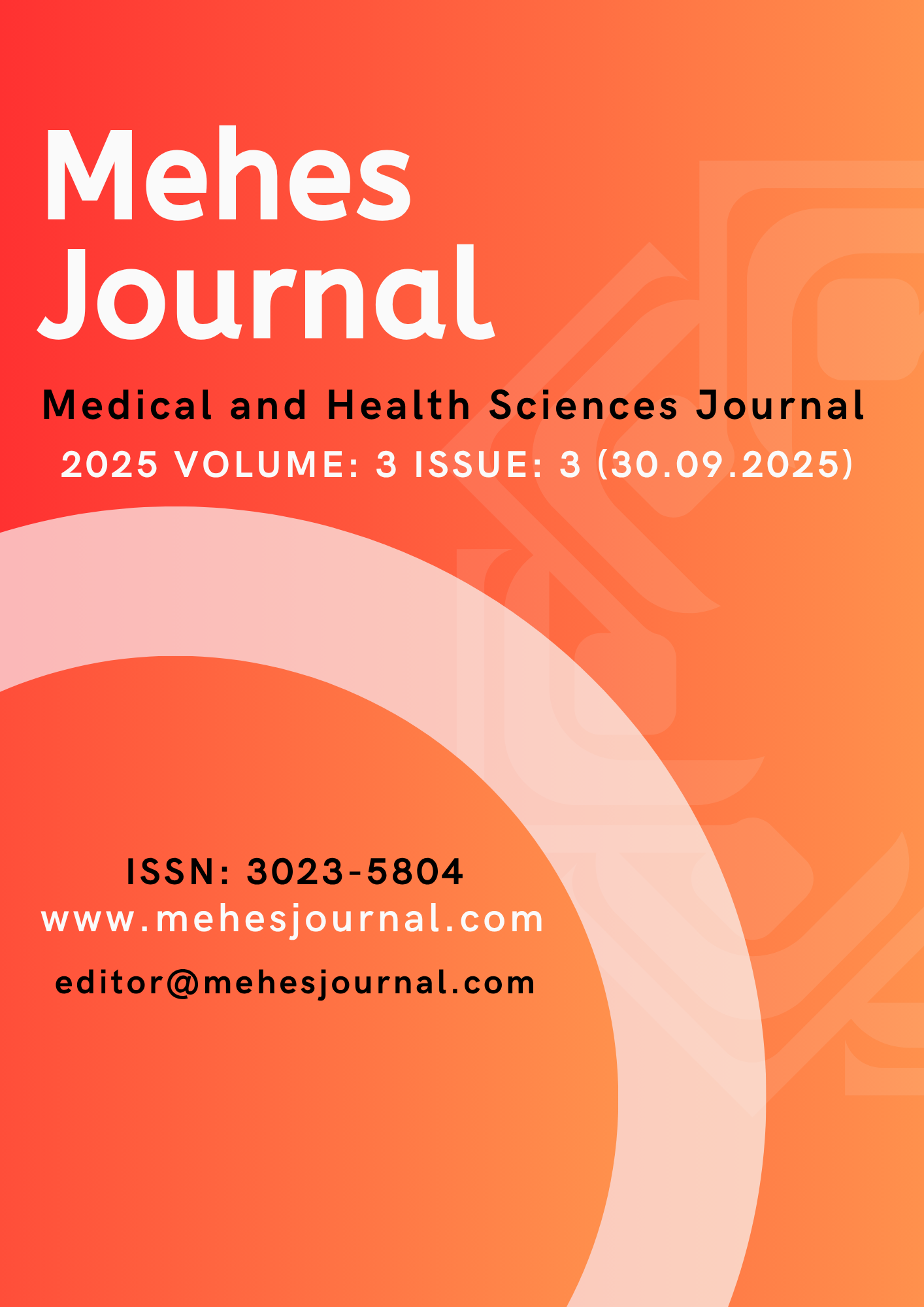A Lesser-Known Neuroprotective Option: Esafosfine in Hypoxic Brain Injury
DOI:
https://doi.org/10.5281/zenodo.17251594Keywords:
Esafosfine, D-fructose-1,6-diphosphate, Neuroprotection, Hypoxic brain injury, Cerebral circulationAbstract
Esaphosfin (D-fructose-1,6-bisphosphate) is a metabolic modulator that supports intracellular energy pathways and has demonstrated neuroprotective effects in preclinical models of hypoxic-ischemic brain injury. In animal studies, Esaphosfin improved cerebral perfusion, reduced oxidative stress and apoptotic cell death, accelerated electroencephalographic recovery, and limited histological neuronal damage. Additionally, it exhibited anticonvulsant properties by attenuating epileptiform activity. Although clinical data remain limited, intravenous administration has been reported to be safe and well tolerated. Unlike conventional neuroprotective agents such as nimodipine, mannitol, and barbiturates, Esaphosfin exerts direct effects on cellular energy metabolism, offering potential advantages in perioperative and intensive care settings. These findings highlight the need for randomized controlled trials to comprehensively evaluate the efficacy and safety of Esaphosfin in clinical contexts.
References
European Patent Office. A process for the preparation of esafosfine. EP0814087A2, 1998. Available from: https://patentimages.storage.googleapis.com/5f/c7/4d/59285eda036f4c/EP0814087A2.pdf
Gan’shina TS, Aleksandrin VV, Mirzoian RS. The effect of esafosfine on cerebral circulation in intact and ischemized rat brain. Eksperimental’naia i klinicheskaia farmakologiia. 2004;67(4):19–20.
Biochemica Foscama S.r.l. Esafosfin (D-Fructose-1,6-bisphosphate) preparation. EP0982033A2. European Patent Office; 2000.
Korenkov AI, Pahnke J, Frei K, Warzok R, Schroeder HW, Frick R, Muljana L, et al. Treatment with nimodipine or mannitol reduces programmed cell death and infarct size following focal cerebral ischemia. Neurosurg Rev. 2000;23:145–50. doi:10.1007/PL00011946
Farias LA, Smith EE, Markov AK. Prevention of ischemic-hypoxic brain injury and death in rabbits with fructose-1,6-diphosphate. Stroke. 1990;21(4):606–13. doi:10.1161/01.STR.21.4.606
Shao LR, Wang G, Stafstrom CE. The glycolytic metabolite, fructose-1,6-bisphosphate, blocks epileptiform bursts by attenuating voltage-activated calcium currents in hippocampal slices. Front Cell Neurosci. 2018;12:168. doi:10.3389/fncel.2018.00168
Tsorin IB, Chichkanov GG. O protivoishemicheskom i antiaritmicheskom deĭstvii preperata ezafosfina [Antiischemic and antiarrhythmic effect of esafosfina]. Eksp Klin Farmakol. 2004;67(4):16-18.
McDonald TS, Neal ES, Borges K. Fructose 1,6-bisphosphate is anticonvulsant and improves oxidative glucose metabolism within the hippocampus and liver in the chronic pilocarpine mouse epilepsy model. Epilepsy Behav. 2021;122:108223. doi:10.1016/j.yebeh.2021.108223
Zhu X, Li H, Zhang C. Clinical effects of Ganglioside and fructose-1, 6-diphosphate on neonatal heart and brain injuries after Asphyxia. Pak J Med Sci. 2017;33(5):1199-1204. doi:10.12669/pjms.335.12830
Catarina AV, Luft C, Greggio S, Venturin GT, Ferreira F, Marques EP, et al. Fructose-1,6-bisphosphate preserves glucose metabolism integrity and reduces reactive oxygen species in the brain during experimental sepsis. Brain Res. 2018;1698:54-61. doi:10.1016/j.brainres.2018.06.024
Downloads
Published
How to Cite
Issue
Section
License
Copyright (c) 2025 MEHES JOURNAL

This work is licensed under a Creative Commons Attribution 4.0 International License.










